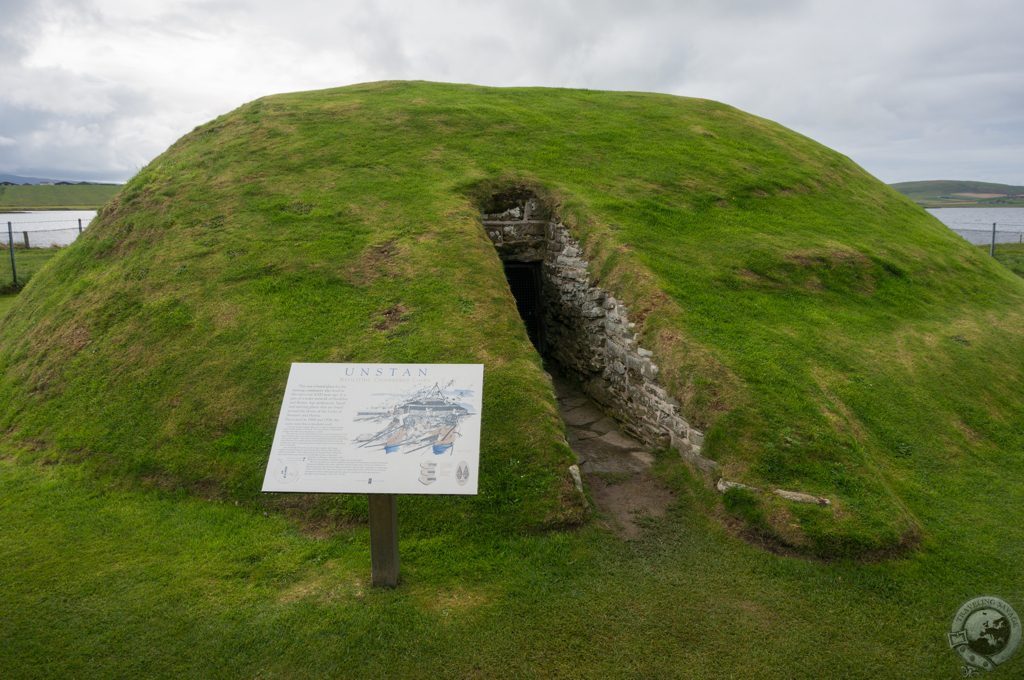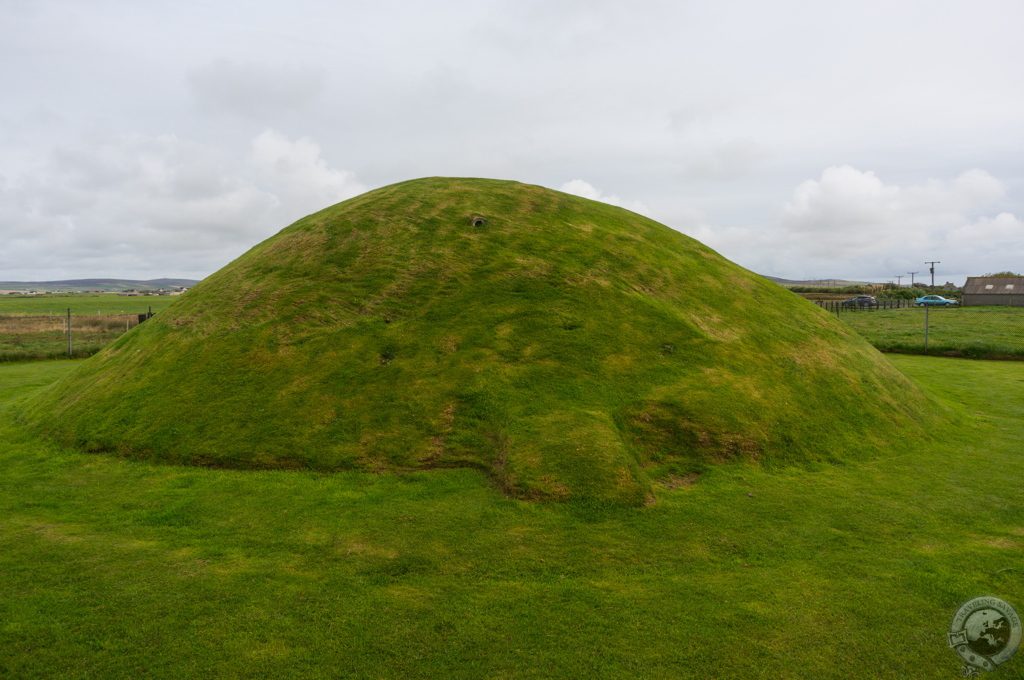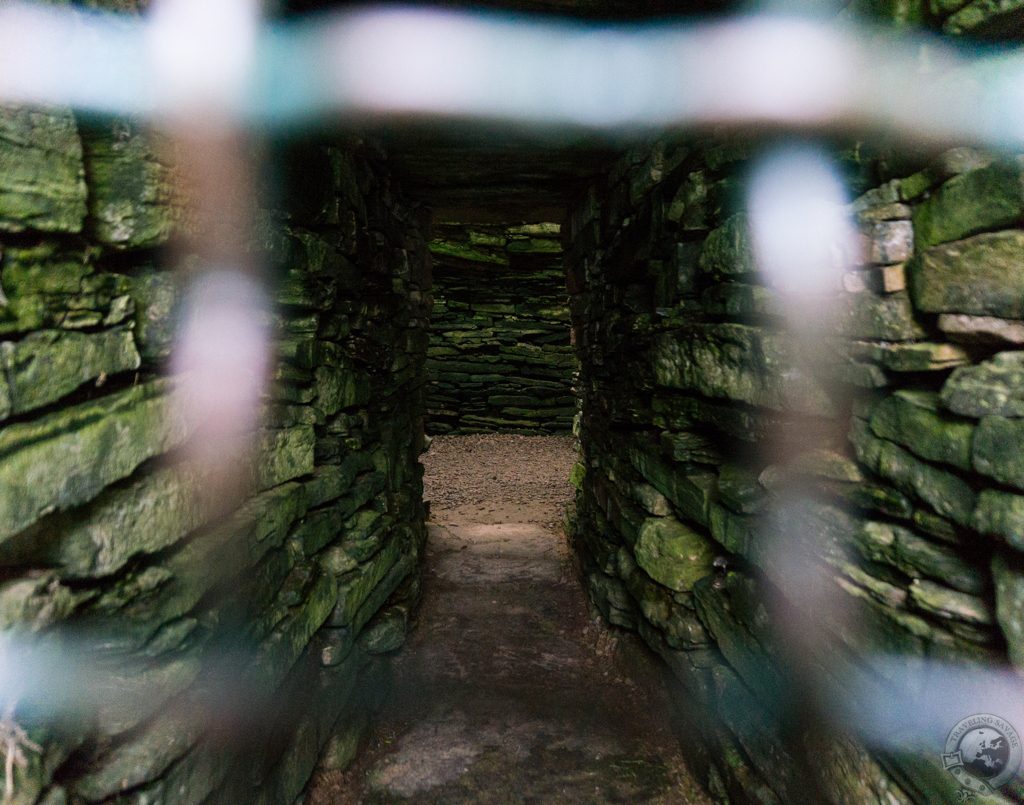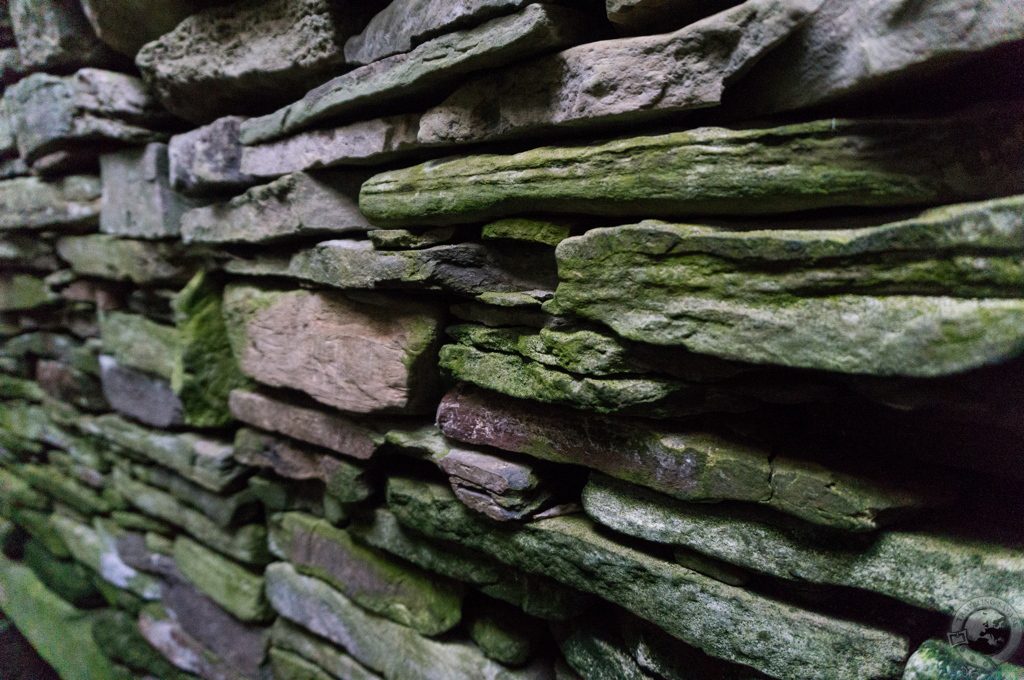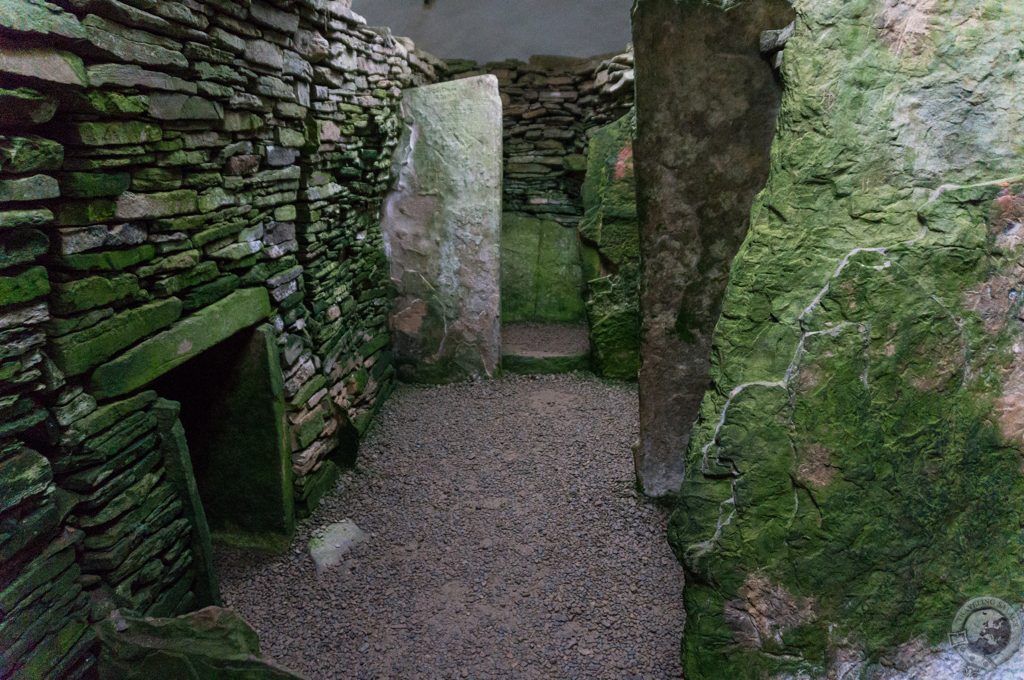The Orkney Islands are home to some of the oldest and best-preserved ancient monuments in all of Europe. I’m talking about standing stones, villages, and burial cairns that are 1,500 years older than the Egyptian Pyramids.
Let that sink in for a moment.
The monuments part of the Heart of Neolithic Orkney UNESCO World Heritage Site, places like Skara Brae, the Ring of Brodgar, and Maeshowe, get lots of attention — and rightfully so — but on my last visit to Orkney I was able to explore many of the lesser-known wonders sprinkled around the archipelago. I covered the Broch of Gurness before I left for Scotland in May, and today I’m shining a light on the Unstan Chambered Cairn.
Unstan Cairn stands just off the A965 between Kirkwall and Stromness very near the famous sites mentioned above. Given its perfect location it’s actually quite easy to miss the small road leading to Unstan’s unobtrusive hill, which stands on a tiny peninsula jutting into the Loch of Stenness. A minuscule gravel lot and farm path lead to the ancient mound.
Unstan Cairn is part of a wider network of such Neolithic and Bronze Age structures, many of which remain unexcavated. Unstan was first excavated in 1884 and then again in 1934, and inside excavators found human bones in the cairn’s various compartments, or “stalls,” as well as two crouched, nearly complete skeletons. The specific ritualistic use of cairns like Unstan is not well understood, but it’s possible that the recently dead were placed in a side chamber and later, after a certain amount of time, the bones were moved to one of the stalls.
Flint tools and a large number of unique pottery bowls subsequently called Unstan Ware were also found among the bones. With no knowledge of Neolithic religion, the reasons for the inclusion of such items escapes us. We can imagine they were provisions for the afterlife or offerings to the spirits, but imaginings are all they are.
Unstan is unusual in many respects. The shape and layout of the cairn prevents its easy categorization among other cairns in Orkney and the north of Scotland, and despite the cairn’s modern roof it’s one of the best preserved burial cairns anywhere. The skylight in that modern roof illuminates the interior of this ancient space.
Sarah and I were alone when we visited Unstan Cairn. I pulled open the little metal gate and together we crab-walked through the narrow passage leading into the cairn’s main rectangular chamber. Massive Orcadian flagstones created the stalls and lintels, and in the light I was able to study the incredible craftwork of drystone building. Clearly Unstan Cairn was an important site.

